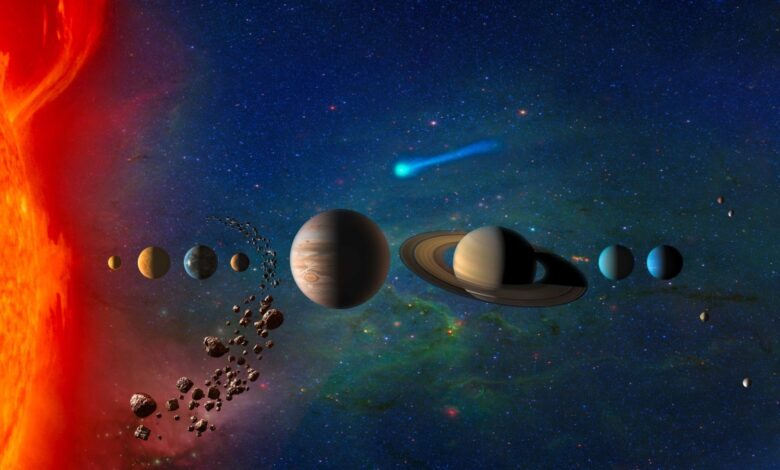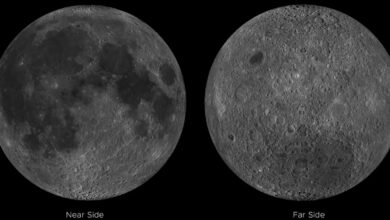Know the difference between asteroids, comets and meteors

NASA planetary scientists explain that while asteroids, comets and meteors are all small celestial bodies that orbit the sun, they differ greatly in composition, appearance and behavior. These differences help scientists understand more about our solar system and the unique role each type of object plays.
Asteroids: Rocky remnants of the early solar system
Asteroids are small, rocky objects that orbit the sun, explains NASA JPL scientist Ryan Park. Most often they appear as points of light in telescopes, but most are concentrated in an area called the asteroid belt, located between Mars and Jupiter. This belt contains a range of asteroid shapes and sizes, from round shapes to elongated structures, some even accompanied by small moons.
These ancient rocks are considered remnants of the early solar system and hold clues to the conditions and materials that were present billions of years ago.
Comets: icy bodies with characteristic tails
Comets, unlike asteroids, contain more ice and dust than rock, giving them a unique composition. When a comet approaches the sun, the heat causes its icy surface to evaporate, releasing gas and dust. This process produces a tail that extends behind the comet, which looks blurry when observed through telescopes.
Comets are often distinguished by this tail, which is formed when solar radiation pushes dust and gas away from the comet’s nucleus. The tails are a characteristic feature that distinguishes them from asteroids and makes them particularly interesting to study.
Meteors and meteoroids: pieces of asteroids and comets that enter the Earth’s atmosphere
When discussing meteors, it is essential to understand the term “meteoroid,” which refers to a small fragment of an asteroid or comet, often created by a collision or breakup of these larger bodies. Once a meteoroid approaches Earth and enters the atmosphere, it is called a meteor.
Meteors travel at very high speeds and burn up upon entry, creating bright streaks of light in the sky that people often call “shooting stars.” If a meteor survives this fiery descent and lands on Earth, it is called a meteorite.
A comparative overview
Although these planetary objects are similar in their solar orbits, they have unique compositions and behaviors. Asteroids are solid and rocky, comets are icy and produce tails, and meteors are small fragments that create bright streaks in Earth’s sky.




